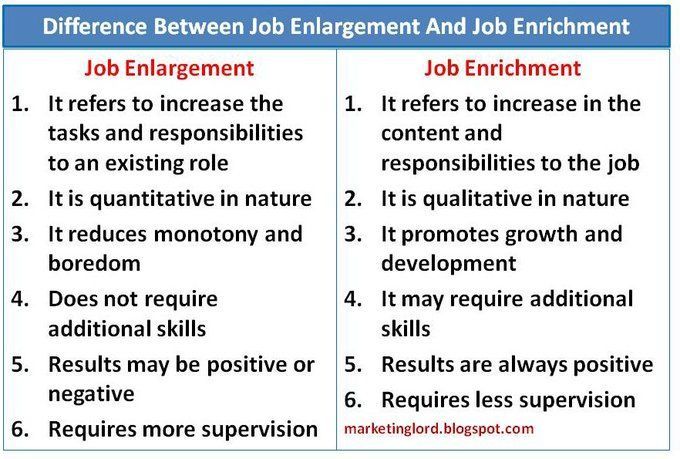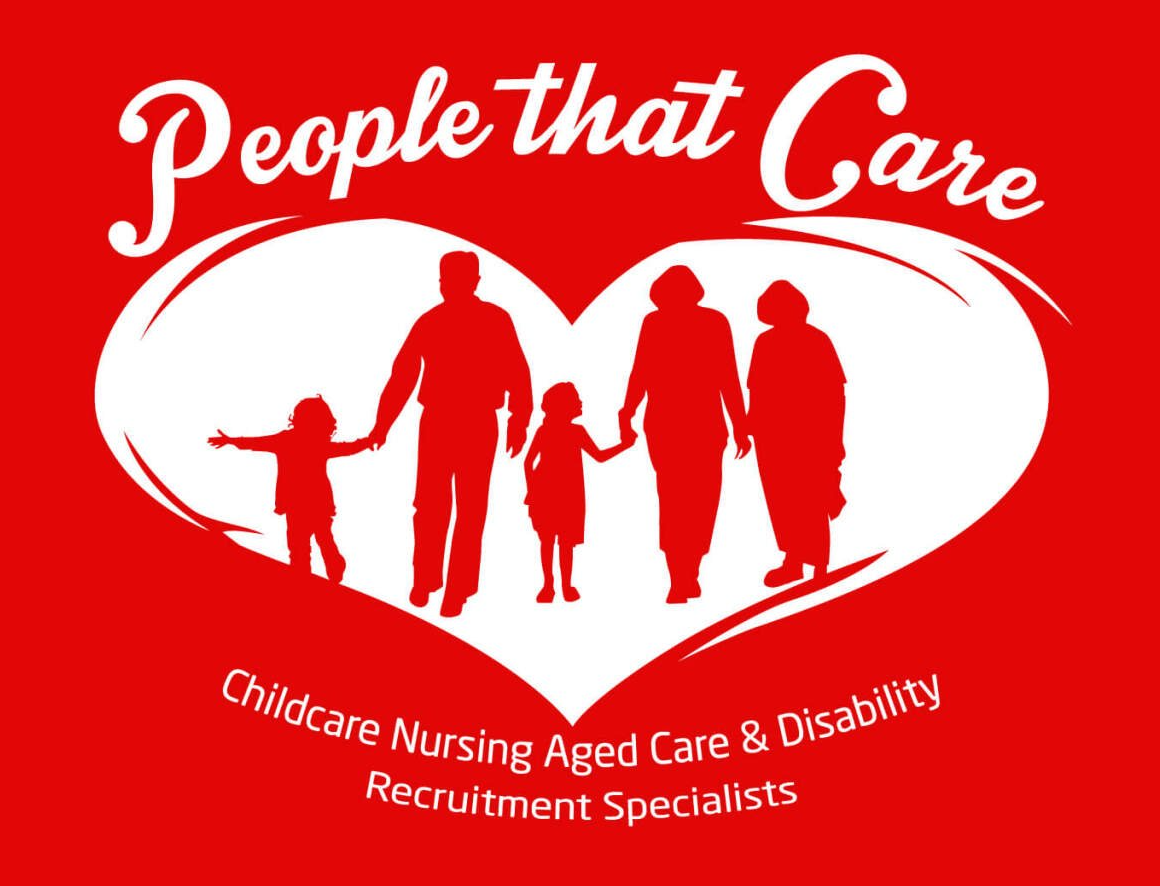The Power of Continuous Learning: Strategies for Professional Development in the Workplace
Relevance is a moving target in the workplace. Many of the skills that employers prize today were irrelevant just a few years ago, and a few years from now, those skills may cease to offer any value to organizations.
Take soft skills as an example. Twenty years ago, no one would have felt compelled to highlight their expertise in soft skills on their resume because most organizations did not value them. Today, however, studies show that 85 percent of your career success can be attributed to your soft skills.
Will soft skills like creativity and decision-making remain relevant in the age of artificial intelligence? If so, they will most likely take a backseat to the skills that are needed to leverage AI-driven tools.
Individuals and organizations must embrace continuous learning to excel and stay relevant in this rapidly evolving landscape. Having an MBA diploma on the wall of your office may have been a sufficient sign of your professional development 20 years ago, but today’s professionals must continuously take steps to grow their knowledge and skills.
Understanding continuous learning
Continuous learning refers to the ongoing process of acquiring new knowledge, skills, and competencies in the flow of your daily work throughout one’s career. For the individual, embracing continuous learning means accepting that you can always find ways to improve. It is a commitment to value lifelong learning and adaptability.
Whereas an advanced degree is a one-time event that focuses on big-picture generalities — such as finance, management, or marketing — continuous learning enhances basic business knowledge with the specific skills needed to stay up-to-date in the evolving business world and tackle today’s challenges.
The rapid pace at which AI-driven tools have appeared in the business world provides an excellent example of the value of continuous learning. Organizations that wish to harness the power of AI don’t have the time to send employees back to school to get an AI degree. Even if they did, they’d be challenged to find schools teaching anything relevant to the topic.
Alternatively, an approach like social learning opens the doors for employees to connect with those who are actually using AI-driven tools in today’s business environment to tackle real-world challenges. Social learning empowers continuous learning that is in the moment and always up-to-date, meaning employees can be empowered by relevant information and training rather than curriculums that are at least five years out of date.
For organizations, creating a continuous learning culture drives the engagement and innovation that marks today’s top companies. Employees who are encouraged to make learning a part of their daily work routine experience new levels of personal growth and job satisfaction. They are also more engaged, which is something that many organizations are struggling to achieve in today’s business world.
Establishing development goals
Setting clear and measurable goals for professional growth is an essential part of a continuous learning strategy. Goals must be defined, relevant metrics must be identified, and organizations must develop a plan for pursuing their goals and stay committed to them.
One of the downfalls of continuous learning is the failure on behalf of the organization to keep it a central part of the culture. If the organization doesn’t feed it, it won’t survive. Caring for continuous learning involves committing resources to it, acknowledging those who engage, and keeping content relevant and aligned with overall business goals.
For larger organizations, managers can be responsible for developing and tracking development goals specific to their teams. By assessing the areas in which their teams are underperforming, they can determine which skills employees need to develop further. In some organizations, employees are expected to set development goals for themselves, identify the professional skills they feel would improve their performance, and share their progress with their supervisors.
Maximizing learning opportunities
When learning becomes a communal endeavor rather than a subjective one, there’s a higher chance that employees will want to participate and teach their peers about new skills they have learned. This is the kind of enthusiasm and collaboration you want to foster within the organization by creating a culture that values curiosity, experimentation, and knowledge sharing.
Many of today’s most innovative and impactful learning strategies inspire engagement by capitalizing on the advantages of social learning. By leveraging platforms that mirror the features and functionality of social media, social learning allows talent development to happen in a familiar and flexible context.
Social learning also allows professional development to occur in a supportive environment where employees come together to share practical and actionable insights rather than theoretical. This collaborative learning enhances the effectiveness and accessibility of tribal knowledge, which is often underutilized in professional development.
Measuring the impact of continuous learning
Continuous learning is unlike traditional learning approaches in which impact is measured primarily by the number of people exposed to training. Instead, continuous learning can be seen in the change it inspires within the organization.
Measuring that change requires regularly assessing individual progress, skill development, and engagement. Learning goals and progress can be incorporated into self-assessments and performance evaluations. Feedback mechanisms can gauge the employee’s satisfaction with continuous learning programs. Still, the most accurate measure of the effectiveness of continuous learning will be seen in improved productivity, employee satisfaction, and innovation.
Today’s business world is evolving at an unprecedented pace. Organizations that want to stay relevant must constantly empower their employees to update their knowledge and skills. Continuous education is the key to building that type of culture. It is the strategy for professional development that works for the future of work.
Source: https://trainingmag.com/the-power-of-continuous-learning-strategies-for-professional-development-in-the-workplace/


People That Care Australia does not receive any funding to operate its business. All profits are used to improve the service we offer to Jobseekers.
USEFUL LINKS
FOLLOW US
STAY INFORMED
You need a helping hand with your project?
We will get back to you as soon as possible
Please try again later
CONTACT US
Contact Us
We will get back to you as soon as possible.
Please try again later.
All Rights Reserved | People That Care Australia
Made with 💛 by Shazamme
